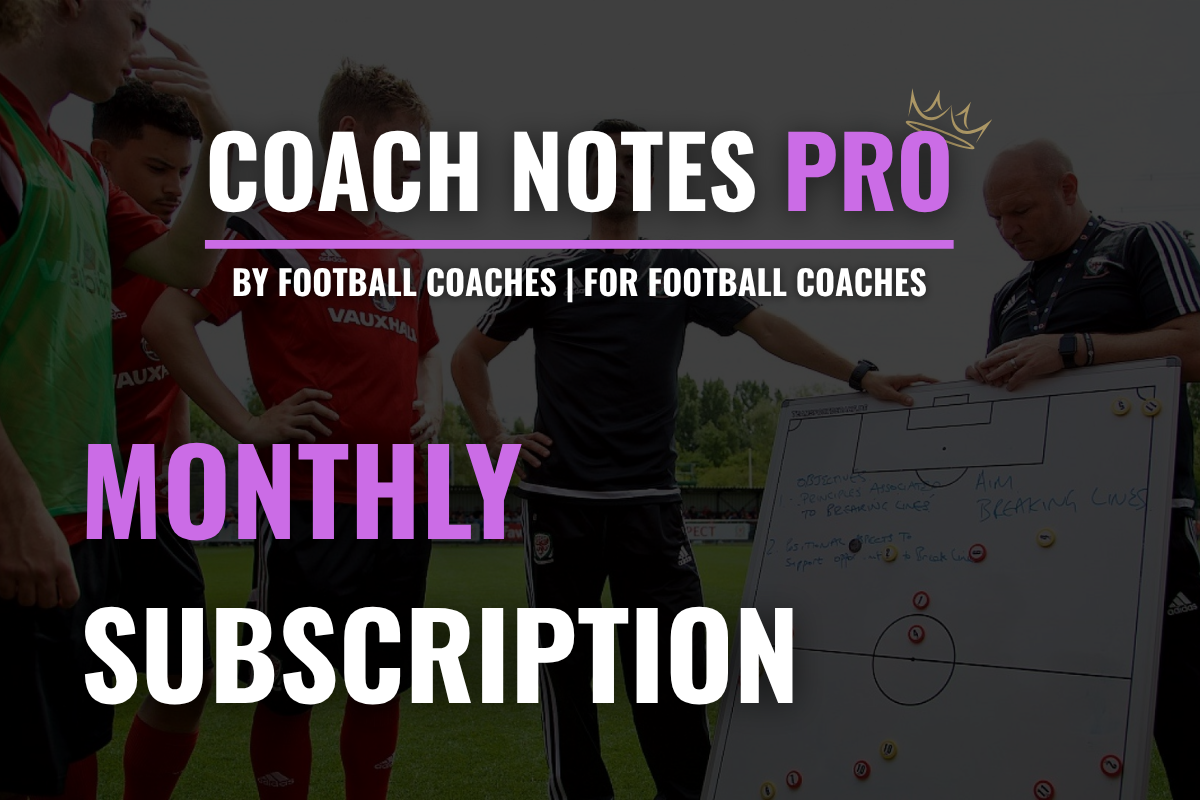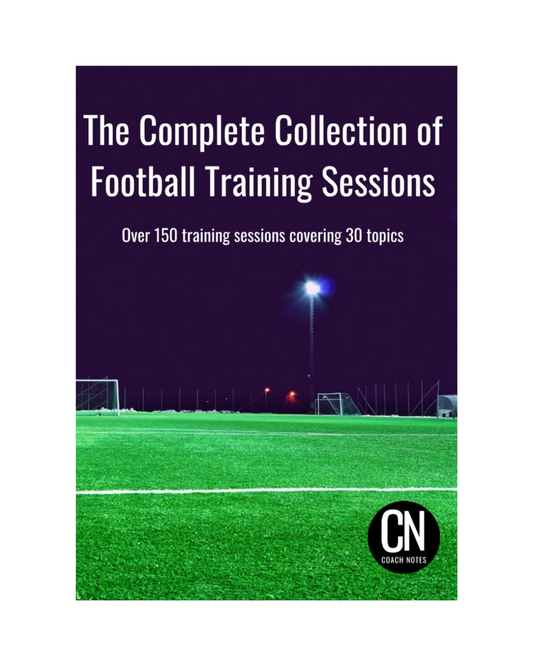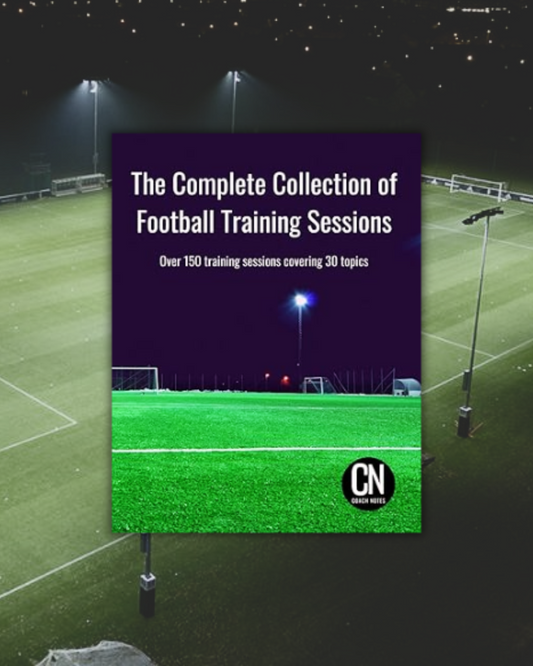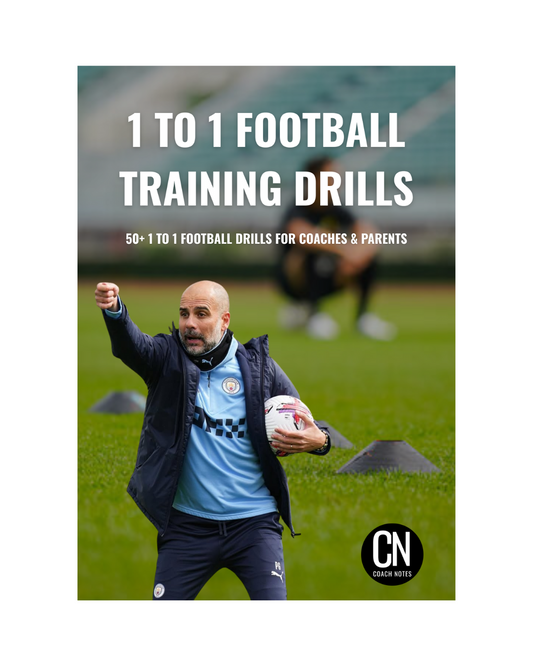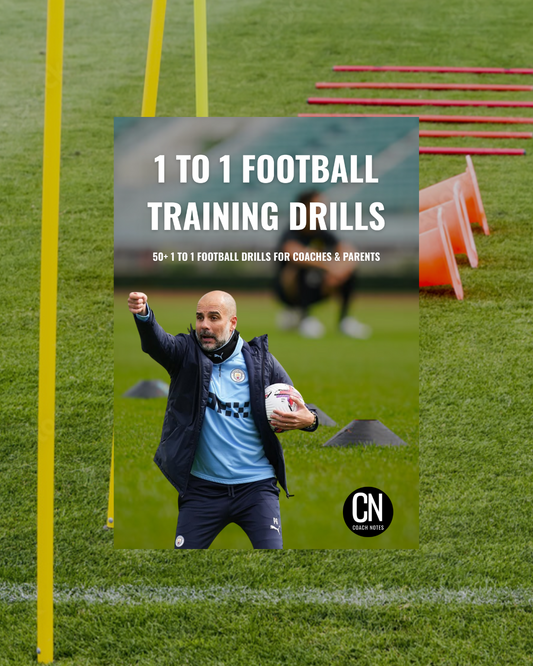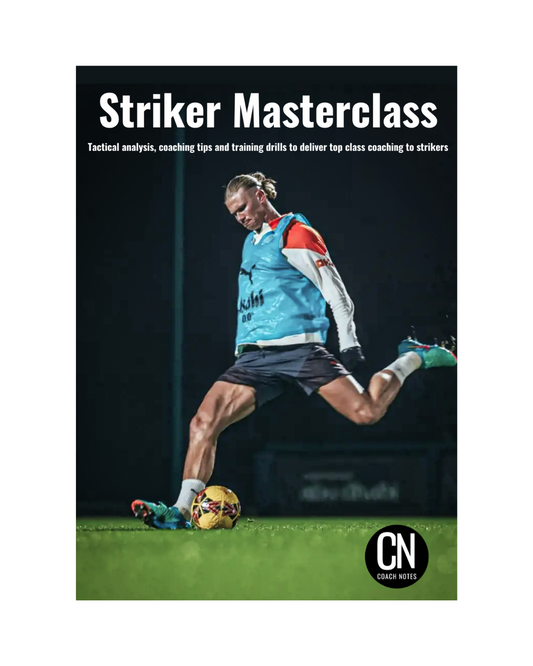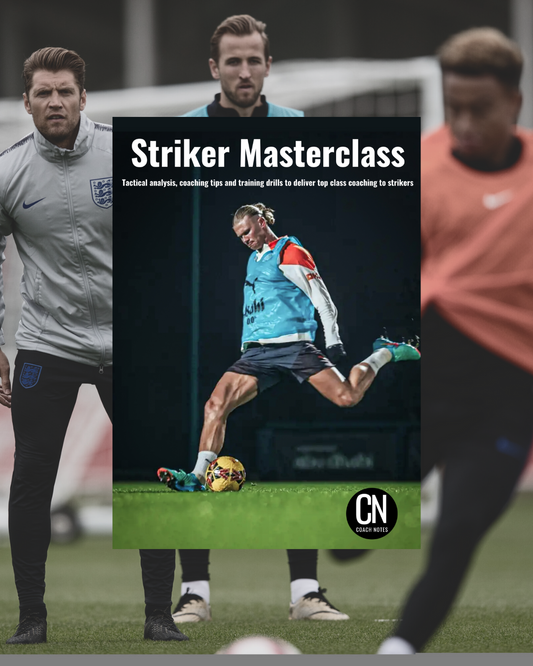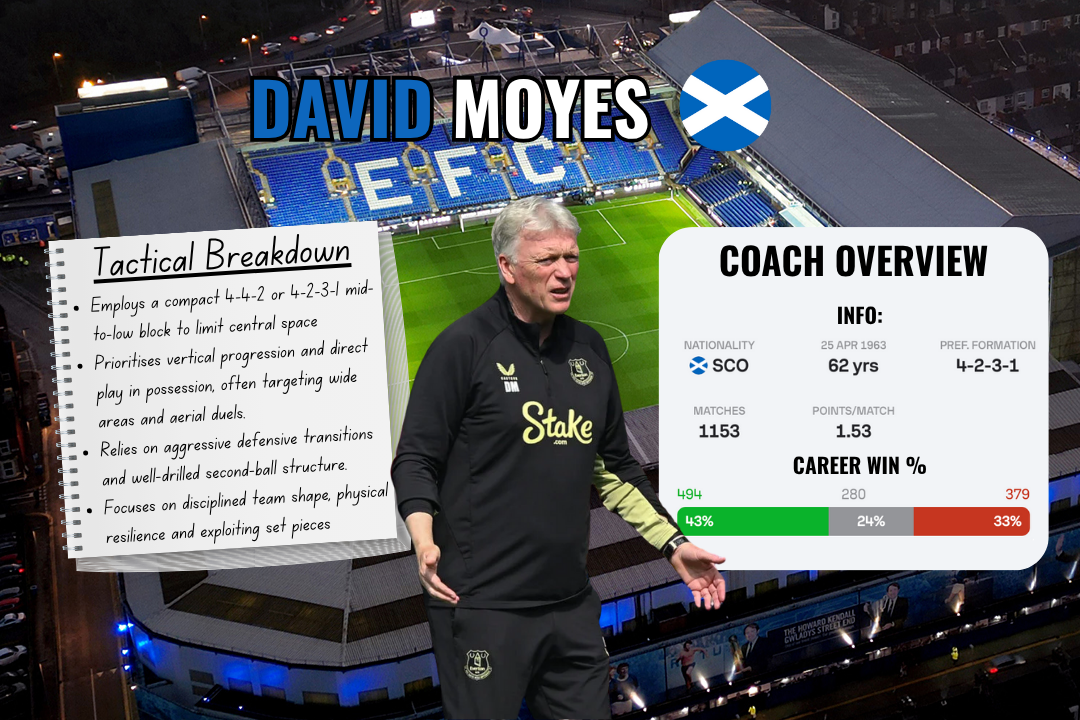
David Moyes
Share
👤 Coach Bio
David Moyes has long been a mainstay in English football management. After a steady playing career as a centre-back, he transitioned into management in the late 1990s with Preston North End. His breakthrough came at Everton, where he led the club through over a decade of top-half Premier League finishes and European qualification on a modest budget.
Though a brief stint at Manchester United proved challenging, Moyes rebuilt his reputation with spells at Real Sociedad, Sunderland, and most notably at West Ham United. His second tenure at West Ham, from 2019 to 2024, saw the club become a competitive Premier League side and winners of the 2023 UEFA Europa Conference League. Known for his discipline, defensive structure, and adaptability, Moyes is a tactician who maximises collective output over individual brilliance.
⚽️ Playing Philosophy
David Moyes believes in organisation, effort, and tactical discipline. His football prioritises defensive solidity, transitional threat, and efficiency in both boxes. While not defined by elaborate positional play or high-possession tactics, Moyes builds teams that are tough to beat, highly functional, and well-drilled.
His emphasis is on shape, responsibility, and roles within a system. Moyes aims for players to understand the importance of structure, particularly in defence and transitions. His sides are direct but not chaotic, compact but not passive. This is pragmatic football with clearly defined principles.
🧩 Style of Play
In Possession
Moyes tends to employ a 4-2-3-1 or 4-3-3 shape, though it often resembles a 4-4-1-1 when settled in possession. His build-up is pragmatic, short when necessary, but mostly direct and vertical in nature.
- Progression: Moyes values verticality and space. The build-up is rarely elaborate, with the focus on bypassing pressure via quick passes into central or wide channels.
- Wide Play: Full-backs provide width while wingers often drift inside or alternate positions to disrupt marking. Crosses are a key feature, particularly from the right flank.
- Attacking Shape: Once in the final third, midfielders like Tomas Soucek or Lucas Paquetá make late box entries, while wide players look to isolate full-backs or attack the second ball.
Out of Possession
Moyes’ sides are drilled in a compact mid-to-low block. He often uses a 4-4-2 or 4-5-1 shape when defending.
- Shape: Horizontal and vertical compactness is prioritised. The midfield four stay tight, forcing opposition play wide.
- Pressing Triggers: Rather than aggressive high pressing, Moyes coaches controlled pressure. Pressing begins once the opponent enters midfield, particularly when play is forced backward or wide.
- Aerial Dominance: Centre-backs and holding midfielders are key in defending crosses and long balls. Set-piece defence is another strong point.
Transitional Moments
- Defensive Transitions: Upon losing possession, Moyes prefers retreat over immediate counter-pressing. His teams prioritise re-forming their block quickly.
- Attacking Transitions: Transitions are purposeful and structured. Balls are often played early into the channel or into a target forward who brings others into play. Wide players provide immediate depth and width, attacking open space.
🧠 How to Coach Like David Moyes
Moyes’ training is built around repetition, structure, and tactical familiarity. Sessions are scenario-based, tailored to reinforce defensive positioning and transition play.
- Shape Work: Large portions of training are spent working on defensive structure, covering angles, and shifting as a unit.
- Functional Practices: Units train in role-specific patterns, such as centre-backs defending crosses or forwards linking with midfield runners.
- Set-Piece Preparation: Detailed attention is given to both attacking and defending set plays. Roles are clearly assigned with zonal and man-marking combinations.
- Match Simulation: Moyes’ sessions reflect real match rhythms focused on reactions to different phases of play and managing game states.
👥 Player Profiles
David Moyes prefers tactically disciplined players who understand roles within a system. Work rate, positioning, and aerial ability are often prioritised over flair.
- Centre-Backs: Strong in duels, dominant in the air, and capable of playing under pressure. Leadership and communication are valued.
- Full-Backs: Balanced profiles who can defend one-v-one and contribute to wide attacks. Overlapping and deep delivery are key attributes.
- Midfielders: Moyes often uses a mix - one ball-winner (e.g. Declan Rice), one box-to-box (e.g. Soucek), and one more creative link player. Physicality and spatial discipline are essential.
- Attackers: Wide players must be able to defend from the front and provide output in transition. Forwards are expected to hold the ball, attack aerially, and link play.
🔑 Key Takeaways for Coaches
- Prioritise Structure: Teach players the importance of shape and role clarity. Defensive organisation forms the foundation of Moyes’ style.
- Train Transitions: Build sessions around quick reaction phases — how players respond when possession is won or lost.
- Work on Game Management: Moyes is a master of managing momentum. Prepare players to adapt tactically depending on scoreline and game state.
- Maximise Set Plays: Use dead-ball situations as an offensive weapon. Design rehearsed routines that suit your squad’s strengths.
- Balance Talent and Discipline: Moyes selects players not just for technical ability, but for their willingness to work within a system.

